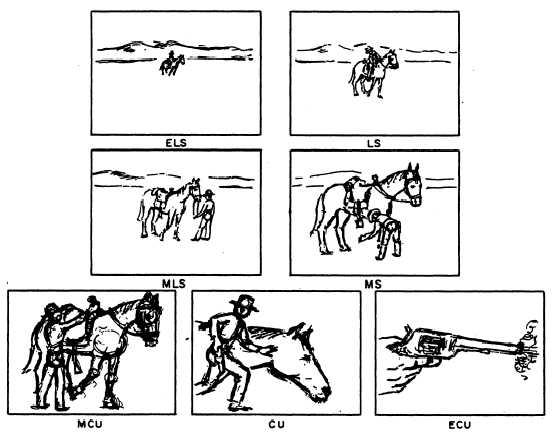Figure 14-32.—Television shot classification.
SHOT CLASSIFICATION
important, because in subsequent shots (except the
extreme long shot), only a relatively small part of the
Shots for television (fig. 14-32) are classified in the
scene will be presented to the viewers. In television
following manner:
work a long shot is used to orientate the viewers or
l
Extreme long shot (ELS)
establish the scene.
l
l
l
l
l
Long shot (LS)
Medium long shot (MLS)
Medium close-up (MCU)
close-up (CU)
Extreme close-up (ECU)
Using these terms is the most convenient way for
the director to call for the type of shot he wants the
camera operator to shoot.
By examining the purposes of the long shot and
close-up, you can get an idea of the functions of the other
shots. The long shot is used to show as much of the
subject as possible while still keeping it recognizable. It
is used primarily to show the audience the overall
appearance of the whole subject and the subject’s
relationship to each of the scene elements. This is
The close-up is probably the best television shot. It
is one of the most efficient compensations for the small
size of the television screen and it is essential to creating
intimacy and getting the viewer “into” the picture.
Close-ups are, and should be, one of the most widely
used shots for television. The director calls for a
close-up for many purposes, the most common of which
is to direct the viewer’s attention to a specific object or
facial expression.
The extreme long shot and extreme close-up are
used to describe shots that include an even greater area
or a more limited area, respectively. For example, in
figure 14-32, the extreme long shot shows the main
subject of the scene as a very small mass surrounded by
a vast expanse of background and foreground.
Consequently, the extreme close-up shows only the
cowboy’s finger pulling the trigger to discharge his
weapon.
14-30



